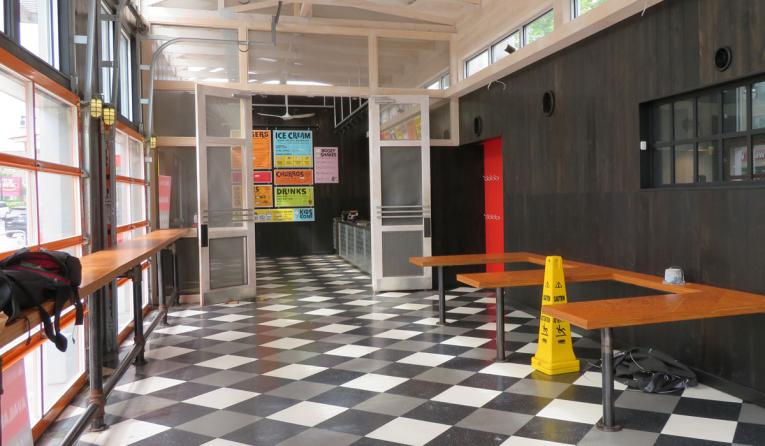One industry that has taken a massive hit due to Covid 19 is the hospitality industry with a sudden decline of businesses of hotels and restaurants. Some of them had to close their doors for good while other restaurants are open for takeout and delivery. It has left everyone wondering what comes next as statewide measures to “reopen” are explored. Even after the restrictions are removed, the customers will still avoid coming to restaurants to ensure their safety. Only the restaurants that plan ahead to adapt and make necessary changes in their restaurants for the “new normal” will be in a state to bring sales back to pre-crisis levels. Hotel facility planning is very important in such a situation.
The consumers, we are perhaps going to pay more attention (& money) to hygiene standards at food outlets. These are a few essential restaurant layout changes listed below that any restaurant needs to adapt to during these times.

Physical Barriers: Most Restaurants have community tables for a large group of people who wish to enjoy the meal together. These can still exist with separators or dividers installed to keep people at a safe distance. Partitions between tables or booth seating can be added by installing plexiglass attachments in the areas where increasing the distance is not further possible. Making outer or rooftop seating should be included with the standard floor plan.
Reducing Capacity To Maintain Social Distancing: It is very important to maintain distance between tables so keeping that in mind maximizing the seating should be the strategy. It is necessary for restaurants to reduce the seating capacity and create space for social distancing. Like multiplexes and offices are operating on a reduced capacity to 50%, similarly, restaurants will also need to adopt such policy. Distributing it to the outdoor and rooftop can also be considered. Removing tables or marking them as unavailable, keeping a distance of at least two feet, removing the self-service stations are basic things to be kept in mind. Hotel facility planning if done properly can take care of this very well.
Sanitization Stations: Everyone now understands that handwashing and sanitizing are key factors to prevent COVID-19. Hands-free handwashing stations must become a norm for every restaurant. Setting up sanitizing stations throughout the dining space, particularly at the entrance, to avoid patrons going to the restrooms to wash hands is a beneficial step. If there is a large restroom space, the number of people going inside at a time needs to limit. Also, the sanitization frequency needs to be taken care of.
Hands-Free Measures: Implementing no-touch solutions is going to be essential for restaurants to ensure the safety of employees and customers. Consumers will soon accept the new reality and even demand it at places that are not yet aligned with hygiene measures. Even avoid going to places that do not have Hands-Free facilities. From the doors, hand washing stations, restrooms, trash receptacles, menu ordering, etc., every area in the restaurant should ideally follow the ‘hands-free’ protocol. Hotel facility planning is very essential for including features like this.
Movement Within The Premises: Restaurants also need to control how patrons and staff will move through space. As per Government regulations, the staff has to follow the compliance. A flow needs to be defined to prevent strangers from coming in contact with each other. For example and exit and entry gates need to be separated. That will reduce people from coming in close contact and will also not create traffic. Developing such a pattern will need hotel facility planning while designing the restaurant.
Contactless Ordering & Payment Options: Providing contactless solutions to the customers will not only streamline operations but also gain customers’ trust as they will be avoiding the common touchpoints. QR code-based ordering: QR-based ordering keeps contact between consumers and the staff at a minimum, thereby maintaining necessary social distancing. Contactless payments: To avoid the exchange of cash or credit/debit cards, partner with digital wallet platforms such as PayTM, Google Pay, PhonePe, etc
To achieve post-COVID-19 growth, most restaurants will need a redesign. Think about whether to change your restaurants’ physical layout to benefit from the shift to off-premise dining. Layout changes might include the addition of drive-through and pickup lanes, for example. Traffic flow into and out of these zones will need to be carefully thought through.